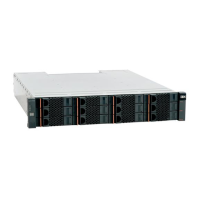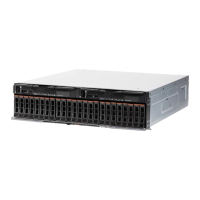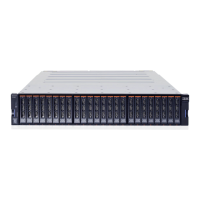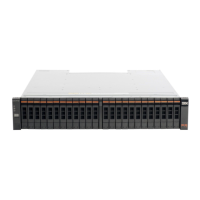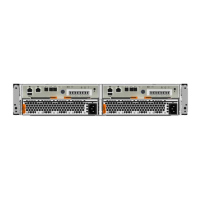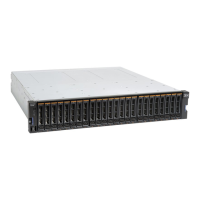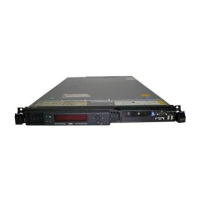Chapter 6. Basic volume and host configuration 279
6.3 Mapping a volume to the host
In this section, we describe how to map a volume to a host. The map to host wizard either
comes after the volume create wizard or happens during.
6.3.1 Mapping newly created volumes to the host using the wizard
In 6.1, “Storage provisioning from IBM Flex System V7000 Storage Node” on page 256, we
created the various type of volumes available on IBM Flex System V7000 Storage Node. The
volume creation wizard gives the option to Create or Create and Map to Host.
If you clicked Create, the next logical step is to map the newly created volume to a host.
If you clicked Create and Map to Host, the volume create wizard takes you to the host
mapping wizard as shown next.
To map the volumes, complete the following steps:
1. From the volumes menu select a volume and click either Actions and Map to Host or
right-click and select Map to host as shown in Figure 6-31.
Figure 6-31 The volumes menu - map to host
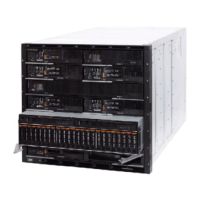
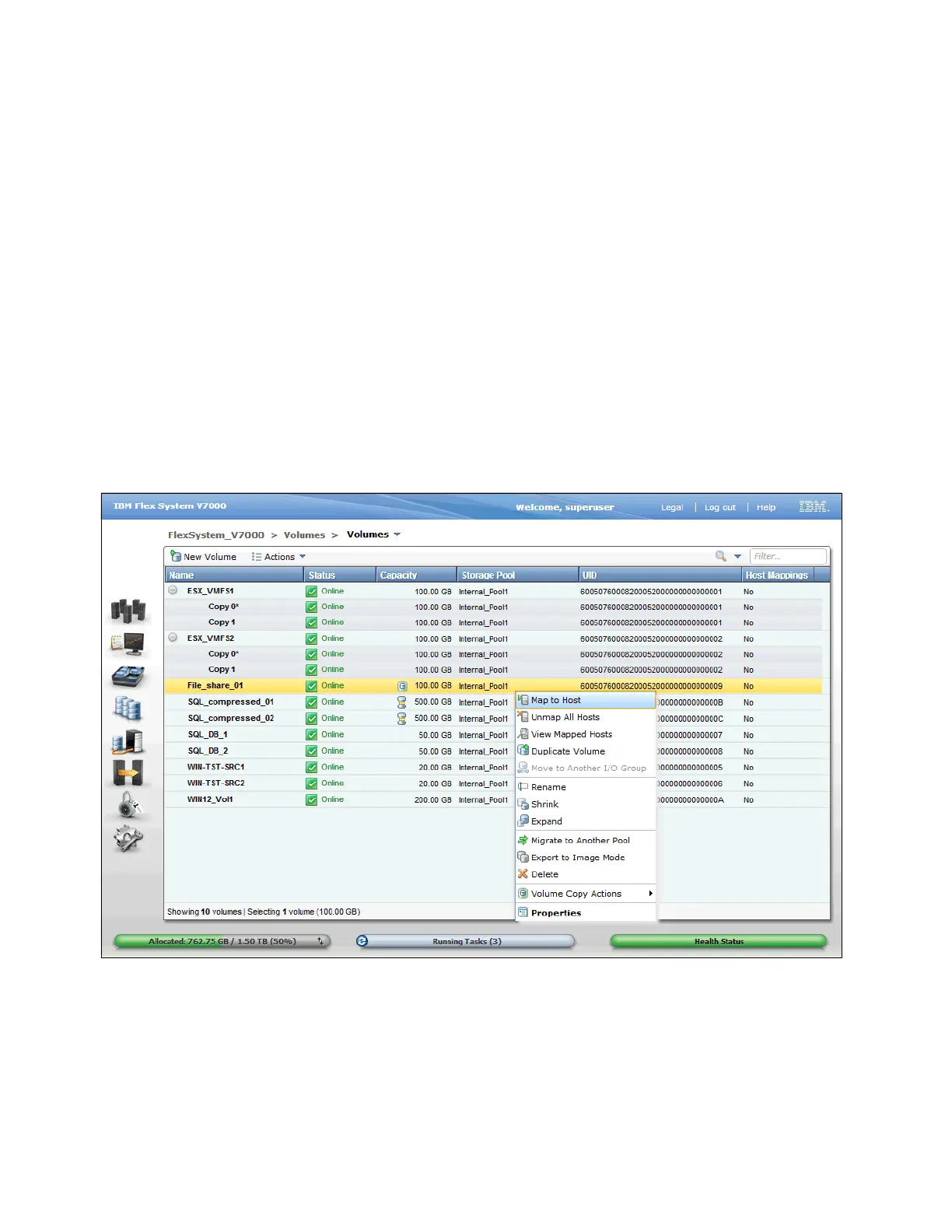